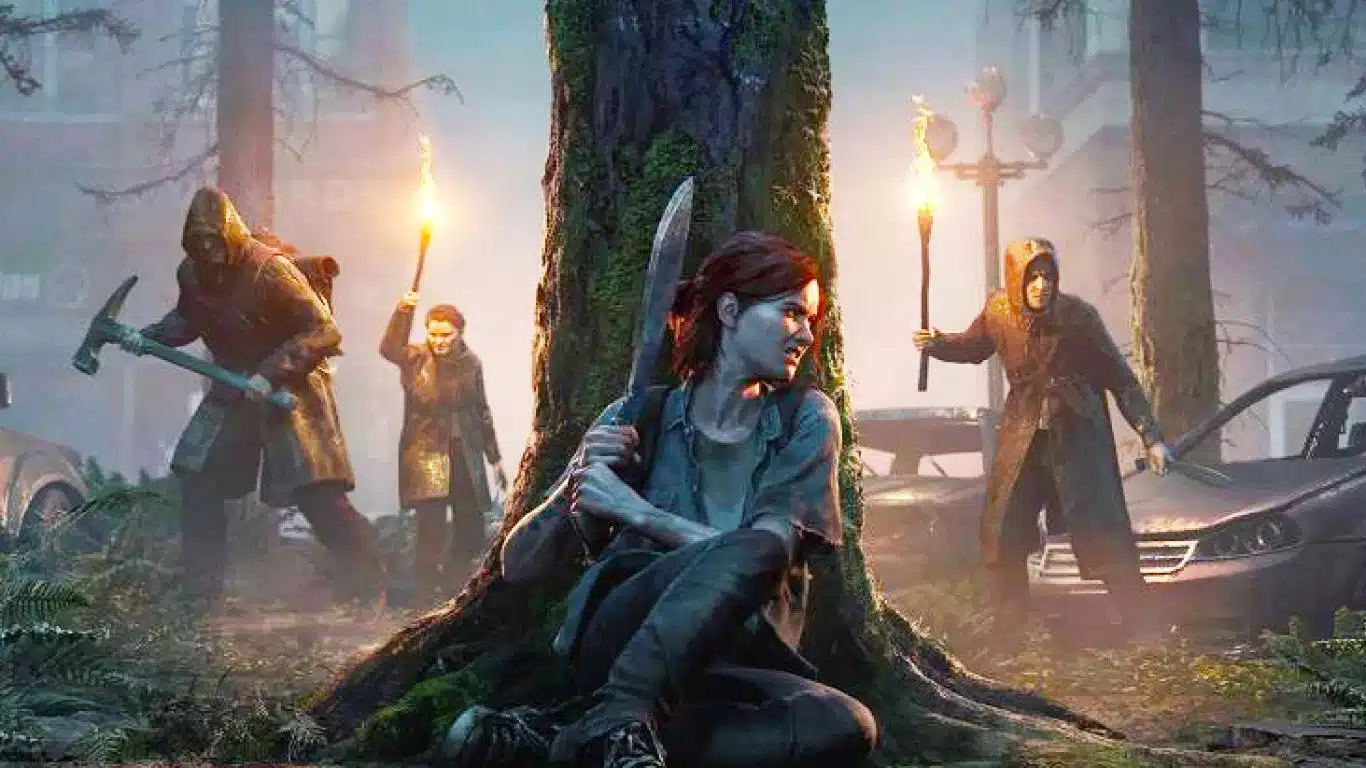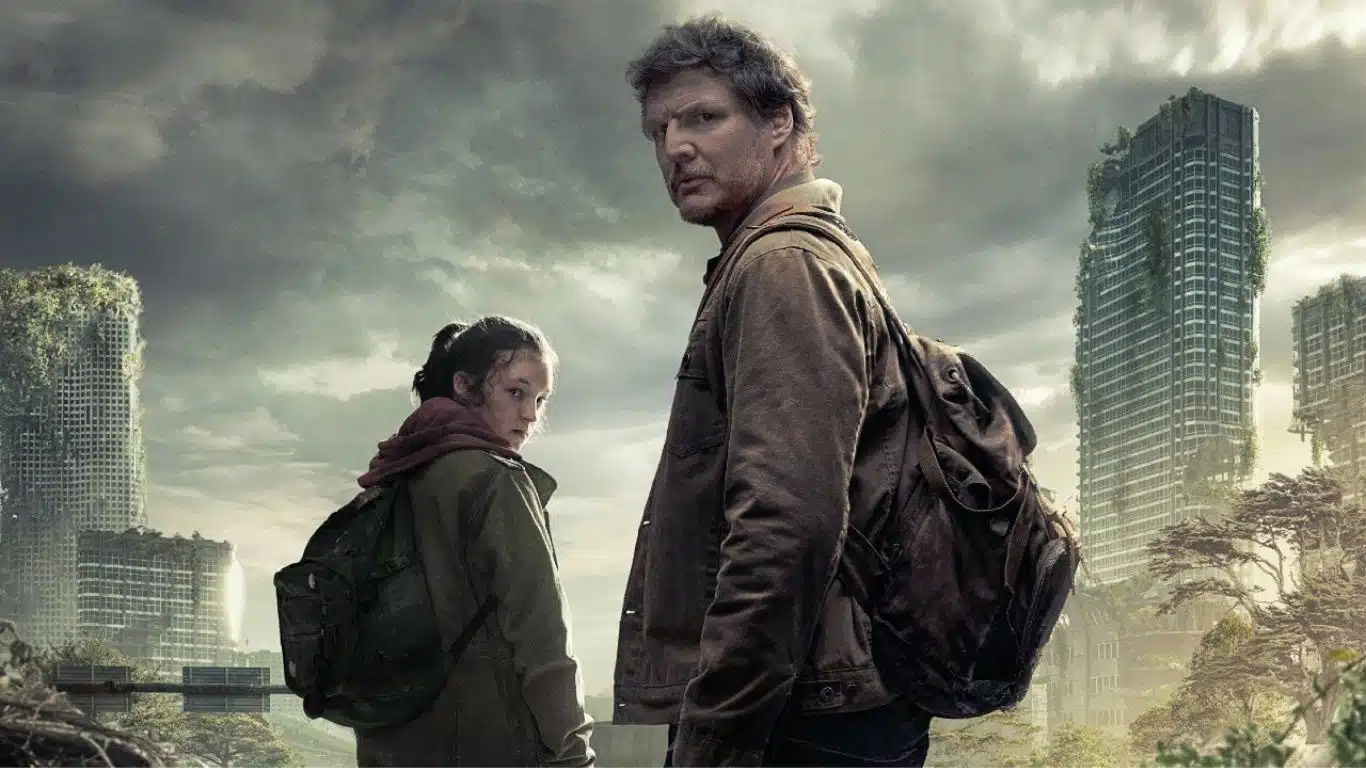The world of video game adaptations has been a mixed bag, with many attempts falling short of expectations. However, “The Last of Us” television series has been garnering critical acclaim and praise from fans of the original game. This post explores what makes “The Last of Us” show one of the best video game adaptations, delving into the aspects of the storytelling, characters, and the world-building that have been executed with precision to capture the essence of the game. From the haunting post-apocalyptic setting to the complex relationships between the characters, “The Last of Us” show has managed to elevate the source material to new heights, making it a must-watch for both fans and newcomers to the franchise.
The Last of Us: What Made The Show One of The Best Video Game Adaptations
Enhancing the Original
Adapting any form of media can be a daunting task, especially when it comes to beloved source material. However, good adaptations can build upon a fantastic foundation, even when staying faithful is a priority. “The Last of Us” show is a prime example of this, as it remains true to the game’s essence but isn’t afraid to take creative liberties to enhance the story.
The first two episodes of the series, for instance, expand upon the game’s lore by showing more of Sara’s character development before the outbreak, giving viewers a more profound connection with Joel’s daughter. Additionally, the show’s portrayal of Bill and Frank’s lives is more positive than the game, which lends a refreshing and hopeful perspective to the series.

The series co-creator, Neil Druckmann, has stated that the team deviates from the game’s narrative when it’s better to do so. For example, the show’s perspective differs from the game’s first-person point of view, a stylistic change that is effective in conveying the emotional depth of the characters. The series proves that changes should be made to improve upon the source material, not merely to shake things up or pander to a wider audience.
While it’s essential to remain faithful to the source material, it’s also crucial to make changes that enhance the experience for viewers. “The Last of Us” show succeeds in this regard, delivering an exceptional adaptation that both honors the game and stands on its own as a great piece of television.
Discovering the Ideal Actors
Casting is an essential element for any adaptation to succeed, and video game adaptations are no exception. For an adaptation to work, people need to be able to connect with the actors playing the characters they love. Uncharted and Prince of Persia films are prime examples of how poor casting choices can derail a project. In the case of Uncharted, fans struggled to accept Tom Holland as Nathan Drake, while Mark Wahlberg’s portrayal of Sully received criticism. Similarly, Jake Gyllenhaal’s casting as the Persian hero in Prince of Persia also failed to impress the fans.

However, getting famous actors on board isn’t always a bad idea for video game adaptations. The Last of Us series is a perfect example of how it can be done right. Pedro Pascal and Nick Offerman, both well-known actors, were cast in the show, but their performances enhanced rather than replaced the game’s characters. A well-crafted adaptation with the right casting choices can make fans embrace the project, even if there are minor deviations from the source material.
Still, a video game adaptation’s success depends heavily on the audience’s willingness to accept the actors portraying their favorite characters. As much as a well-written and well-shot project can make a difference, if the casting choices are not up to par, it will be an uphill battle to win over the fans, which only a few video game adaptations have achieved. Thus, it’s crucial to find actors who can embody the essence of the game’s characters and resonate with the audience to create a more meaningful connection between the viewer and the adaptation.
Be faithful
One of the keys to a successful adaptation is to embrace the strengths of the source material, rather than shy away from it. This is particularly true when adapting a video game into a film or TV show, where the visual style and gameplay mechanics are often an integral part of the experience. It’s not uncommon for adaptations to attempt to distance themselves from the source material, particularly when it involves bringing fantastical elements into the “real world.” However, this can lead to a disjointed adaptation that fails to capture the essence of the original game.

HBO’s “The Last of Us” series is a prime example of how to adapt a video game faithfully and respectfully. While it’s not a direct 1:1 adaptation, the show stays true to the story and even incorporates some gameplay elements into certain segments. This faithfulness to the source material shows respect for the game and its fans, which is more likely to get them on board with any creative deviations the adaptation may make.
On the other hand, many video game adaptations have suffered from a lack of respect for the source material, leading to disappointing results and a negative fan reception. When adaptations try to distance themselves too much from the game, it can feel like they are ashamed of their origins, leading to a subpar final product. However, when an adaptation embraces what made the game great in the first place, it can enhance and elevate the source material to new heights, creating a successful adaptation that appeals to both fans and newcomers alike.
Also Read: Revisiting Classic Movies That Will Never Return





